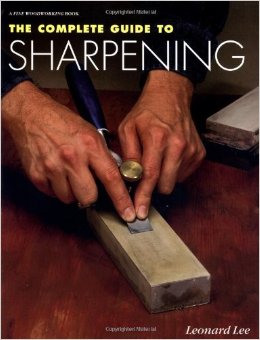
I recently came into possession of several old, unbroken, sharpening stones. However, I don’t know if they are waterstones or oil stones. Also, I don’t know what grit they are. I really want to rehabilitate them and add them to my shop. Can you help me with advice on how to use and restore these stones? – Robert Bradley
Chris Marshall: I’ve never started with unidentified sharpening stones and worked backward to figure out their composition — mine have been new and clearly known from the start. So, I’ve never had to solve the mystery you’re facing. To complicate matters, I can’t find a definitive methodology to eliminate variables that will help you identify beyond all shadow of a doubt what the composition of your stones are. Both natural and synthetic stones come in a range of colors, so color alone won’t distinguish waterstone from oilstone. You can also buy two-layer laminated stones that are intended for either oil or water lubrication…so again, the visible indication of two stone grits bonded together doesn’t solve this riddle either. Waterstones tend to be softer and lighter in weight than oilstones, so there could be a scratch test to help figure this out. Or, try placing a few drops of water on your stones. If it beads up instead of soaking in, the presence of oil could be the reason, and then you’d know you have an oilstone. Honestly, Robert, I’m hoping that our sharpening-sophisticated eZine readers might offer you a clearer solution than I can to help you solve the problem. In terms of using your stones, however, you should start with a good book or video to learn technique. There’s no way to sum that all up here. For starters, I’ll suggest Leonard Lee’s The Complete Guide to Sharpening text. It’s considered to be one of the best, definitive guides to the science of putting edges on tools. Master woodworker Ian Kirby has written a book on Sharpening with Waterstones that might also be an excellent reference for your library as well. And, there’s no end to other sharpening articles that have been published in magazines as well as video resources out there.
Rob Johnstone: I think the easiest way would be to bring the stones down to a local woodworking specialty store (like a Rockler store for example) and ask the staff. And by the way, you don’t really need to know what grit your stones are … you just need to be able to determine which stone is finer or coarser than the next.






